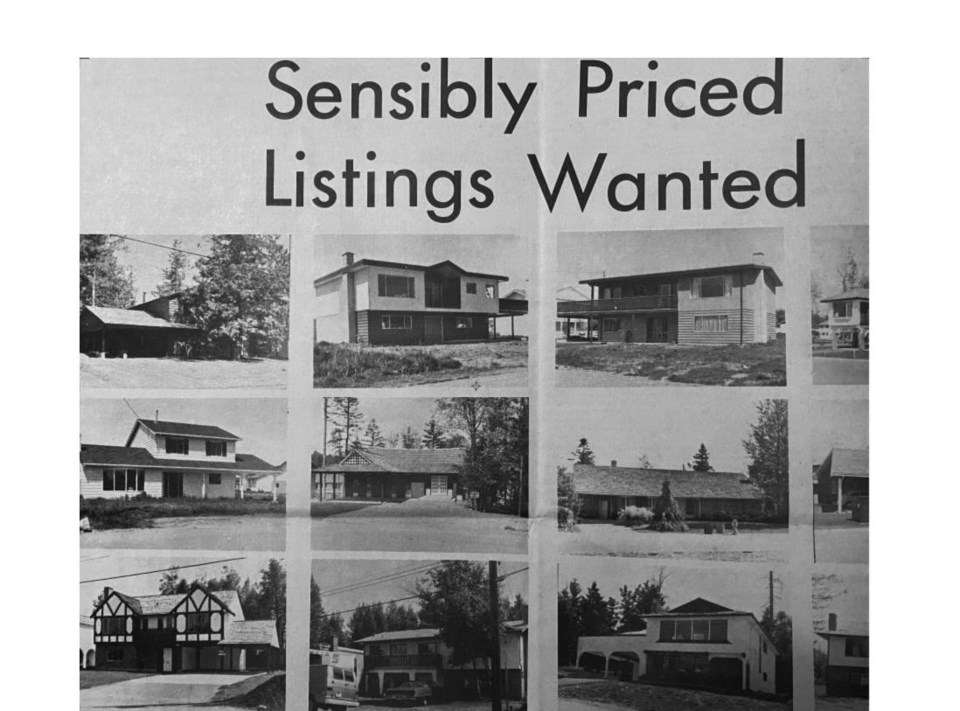The challenges the City of Delta currently faces when it comes to getting new housing built is a far cry from the challenges the municipality faced during its boom years of the 1960s and 1970s.
Growth was so rapid in the years following the opening of the new Deas Island Tunnel that when a 1,000-home Ladner subdivision was proposed in the spring of 1969, then mayor Dugald Morrison said his municipality was “overwhelmed” with new housing applications and needed to digest what it already had.
The population in Delta was 8,752 in 1956 but reached the 15,000 mark by 1961, two years after the tunnel opened. Between 1969 and 1972, Delta's population jumped from 32,635 to 52,693, a stunning increase of almost 62 per cent, but housing construction remained almost entirely detached single-family units.
Few rental apartments and condos were built as they were deemed too controversial.
One example was the outcry in 1965 by the South Delta Taxpayers’ Society, which complained how the zoning bylaw at the time was inadequate to protect neighbourhoods against higher density.
The society said “single-family residents should be given protection from encroachment from rental apartment facilities and duplexes” and that Delta should steer clear of “over intensifying population density in areas specifically chosen by the buyer for space and quiet.”
In 1969, despite much neighbourhood opposition, the first condo complex was built on 57A Street in Ladner, following other Lower Mainland municipalities which had already allowed that type of housing.
Several more applications were submitted to the city that year, prompting council member Harold Savage to remark during a Delta council meeting, “We don’t have to pack everything into Delta. There is lots of room elsewhere.” He received a big round of applause from the audience.
At the time, council was also wrestling with other apartments proposals that angered nearby homeowners.
“We moved out here from the city to get away from apartments,” resident Robert Bunston told council in February of 1969.
That summer, remarking on an application for a change in zoning to allow for condos as well as row homes, Savage bluntly told his colleagues such housing wasn't wanted in Delta. During another debate that year, he described condominiums as "penitentiaries within our residential areas."
In response to claims by another council member that other municipalities were adding such housing without any problems, Morrison countered, “What most councils are afraid of is they will become slums.”
Council member P.L. Shields that year bluntly asked his colleagues about their social responsibility to provide housing for younger people, an argument which didn’t resonate at the time.
One of the key figures behind the building boom in Ladner and Tsawwassen was real estate developer George Hodgins, owner of Century Holdings.
In a 1970 interview, Hodgins was already warning land in southern Delta was becoming in short supply, but he predicted growth would continue for a few more years.
In an interview five years earlier, in 1965, he urged young people, especially singles not looking for a home, to buy a lot for the future while they were still “reasonably priced.”
The opposition to higher density forms continued in subsequent years including, for example, the contentious update of the Tsawwassen Area Plan over a decade ago. Council backed off a proposal to allow townhomes in the Highlands neighbourhood after a large crowd showed up at the public hearing in opposition, saying, among other complaints, they moved to Delta because they didn't want to live in a community like Richmond or Vancouver.
The lack of variety in housing would create big problems and the city, which has been given a housing unit target by the province, is now introducing new policies through its Housing Action Plan to create more affordable housing types.
The provincial government has been also introducing new legislation, aimed at alleviating the crises by speeding up the delivery of more affordable housing sooner.
The province has estimated that Delta's total housing need is 4,809 net new units over the next five years. The housing target set for Delta by the province is 3,607 units, representing the number of net new units needed to meet 75 percent of estimated need.
The planning department notes the figure is the minimum number of net new completed units within the next five years, ending Sept. 30, 2028.
Next on the planning department’s plate will be a city-wide review and update of the Official Community Plan (OCP), which is to be an expedited process.
During council’s recent discussion and preliminary approval of a proposed 56-unit townhouse development in East Ladner, Mayor George Harvie warned that the city will need an updated OCP in place in 2024, a requirement by the province.




